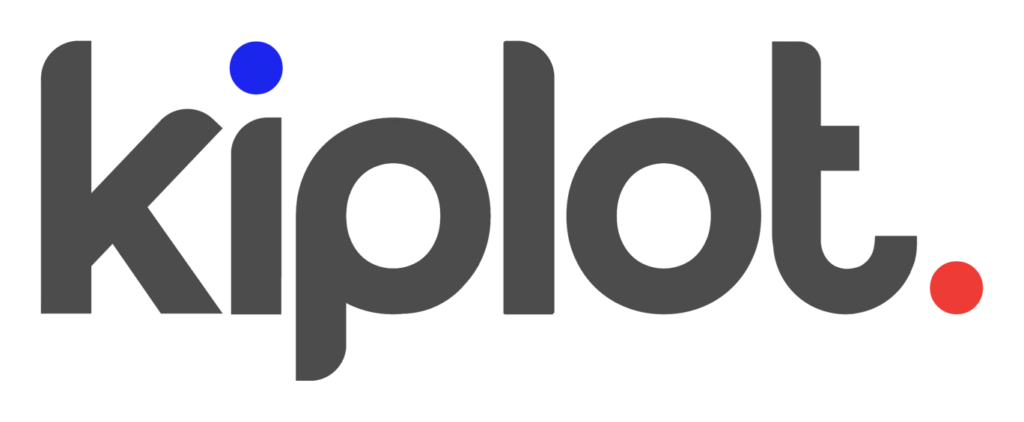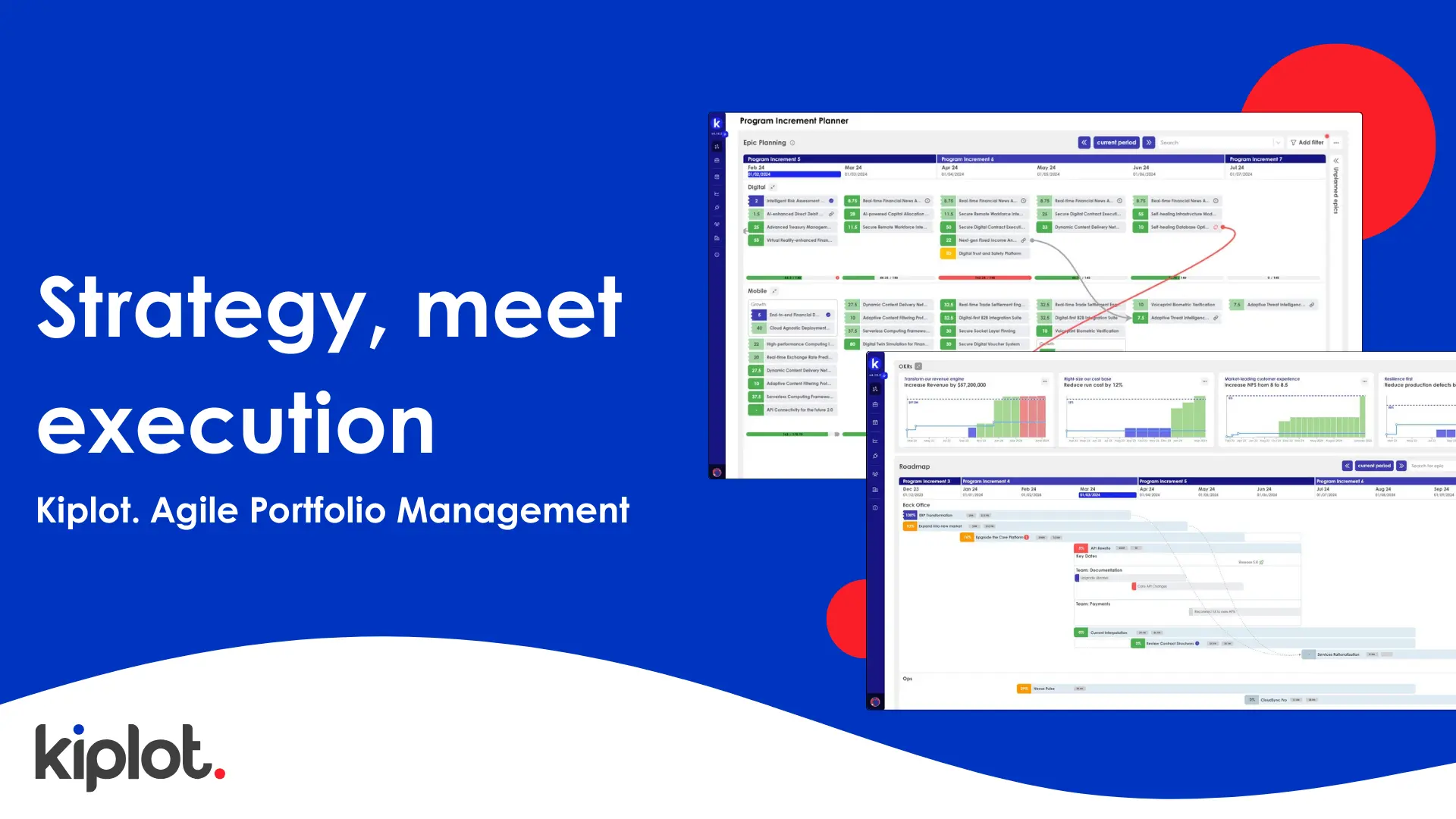Introduction
Agile Release Trains (ARTs) can transform how organizations scale agile, enhancing alignment, productivity, and delivery speed. However, their implementation can present significant challenges that, if not addressed, can harm the value output of the entire organization. Understanding these challenges and the best practices to overcome them is crucial for any organization embarking on an agile transformation. For organizations new to the Scaled Agile Framework (SAFe), the implementation of ARTs can be complex, requiring a shift in mindset, practices, and culture.
Understanding and addressing these challenges early on is crucial to the successful deployment of ARTs across the enterprise. Here, we explore common enterprise challenges associated with ART implementation and outline best practices to overcome them.
💡 This article is a follow-up to our introduction to Agile Release Trains. If you're unfamiliar with what ARTs are and how they operate, we recommend reading that article first to gain a foundational understanding.
Resistance to Change
One of the most significant challenges organizations face when implementing ARTs is resistance to change. Transitioning to ARTs often requires a cultural shift, as teams and leadership move from traditional project management approaches to agile methodologies. This change can be met with skepticism, especially from those accustomed to established ways of working.
Best Practice: Cultivating a Change-Ready Culture
To overcome resistance, it’s critical to cultivate a top-down change-ready culture where the benefits of ARTs are clearly communicated and understood at all levels. Leadership plays a pivotal role in this transition by championing the agile transformation, providing continuous support, and modeling the behaviors expected of teams.
Training and education are also crucial, ensuring that all participants understand their roles within the ART and how they contribute to the overall success. Comprehensive training programs should be implemented that cover the principles of SAFe, the specific roles and responsibilities within an ART (such as Product Owners, Scrum Masters, and the Release Train Engineer), and the importance of each ART event. Training should also focus on agile fundamentals, such as iterative development, the importance of feedback loops, and the basics of Lean thinking to align everyone on the core concepts.
Team members should receive training on practical skills, including backlog management, effective communication, and conflict resolution, to ensure that they can operate efficiently within their roles. Establishing clear, shared goals and celebrating early wins can help build momentum and reduce resistance.
Setting up agile coaching, providing regular workshops, and sharing success stories can also play a pivotal role in fostering acceptance and enthusiasm.
Once a change-ready culture is established, the next challenge lies in coordinating multiple agile teams effectively to ensure organizational-wide alignment and consistency.
Difficulties in Coordination
Coordinating multiple agile teams within an ART can be a significant hurdle at the outset of an agile transformation, particularly when those teams are distributed across different locations or have varying levels of agile maturity.
Best Practice: Streamlined and Structured PI Planning
Effective PI Planning is the cornerstone of successful coordination within an ART. To ensure that PI Planning sessions are productive, they must be meticulously prepared for. This includes defining clear objectives, ensuring that all necessary stakeholders are involved, and setting a well-organized agenda.
The Release Train Engineer (RTE) plays a critical role in facilitating these sessions, guiding teams through the planning process, and ensuring that dependencies are identified and managed proactively. Regular check-ins and synchronization meetings during the PI further support coordinated execution.
💡 The Release Train Engineer (RTE) is a servant leader and coach responsible for ensuring that the Agile Release Train (ART) runs smoothly. They facilitate key events, manage risks and dependencies, remove impediments, and drive continuous improvement across the teams to ensure alignment and successful delivery of value.
The RTE should continuously monitor progress, facilitate communication, and adjust plans as needed to address any emerging dependencies or issues.
While coordination is critical, keeping large teams engaged and committed to the ART's objectives is equally important to ensure sustained productivity and value output.
Maintaining Engagement Across Teams
As ARTs often involve large groups of individuals, maintaining engagement and ensuring that everyone remains committed to the ART’s objectives ensures a unified approach to Agile. Large teams may struggle with a sense of disconnect or feel that their contributions are less impactful, leading to disengagement.
Best Practice: Meaningful and Inclusive System Demos
System Demos are a powerful tool for maintaining engagement, as they provide teams with a platform to showcase their work and receive feedback from stakeholders. To maximize their impact, it’s important to ensure that System Demos are focused on showcasing the value created.
Encourage active participation by making these demos interactive and ensuring that feedback is constructive and actionable. Recognizing and celebrating team achievements during these demos can also boost morale and reinforce the value of each team’s contributions. For instance, inviting customer representatives to System Demos can provide real-world feedback and motivate teams by demonstrating the direct impact of their work.
With engagement maintained, organizations can then focus on fostering a mindset of continuous improvement and adaptation, critical for long-term success.
Continuous Improvement and Adaptation
The Inspect and Adapt (I&A, or Retrospective) event is a critical component of the ART’s continuous flow, but it is underutilized in the enterprise-setting if not approached with the right mindset. Teams fall into the trap of treating I&A as a routine exercise rather than an opportunity for genuine reflection and growth.
Best Practice: Fostering an Open Culture of Feedback
To truly harness the power of I&A, it’s essential to foster a culture where feedback is not only encouraged but actively sought out and valued. Create an environment where team members feel safe to voice their observations and suggestions, without fear of retribution.
The I&A event should be structured to include a thorough review of both successes and areas for improvement, with actionable outcomes that are tracked and revisited in subsequent PIs.
To maximize its effectiveness, the I&A should begin with a PI System Demo, showcasing the integrated work of all teams over the Program Increment. This provides a comprehensive view of what has been accomplished and sets the stage for feedback.
Following the demo, a Quantitative Measurement Review should take place, examining key performance metrics such as velocity, predictability, quality metrics, and business value delivered. This data-driven approach helps teams objectively assess their performance and identify trends or patterns that need attention.
Next, teams should participate in a Problem-Solving Workshop, a collaborative session where they identify root causes of significant issues and brainstorm actionable solutions. Using techniques like fishbone diagrams, the “Five Whys,” or impact mapping can help delve deeper into underlying problems. Teams should prioritize these issues based on their impact and feasibility, creating a clear set of actions to be implemented in the next PI.
💡 The Five Whys technique is a simple yet powerful problem-solving tool used to drill down into the root cause of an issue. By repeatedly asking "why" (typically five times), teams can move beyond surface-level symptoms to identify the underlying cause of a problem. This approach helps ensure that solutions address the true issue, leading to more effective and lasting improvements. It’s an essential tool for continuous improvement and can be effectively utilized during Inspect and Adapt (I&A) sessions.
To ensure that these improvements are sustained, it’s essential to document the outcomes and establish accountability by assigning ownership for each action item. These actions should be regularly reviewed and tracked, with progress monitored in subsequent I&A events. This continuous feedback loop is crucial for driving sustained improvements, maintaining alignment with business needs, and fostering a culture of learning and adaptability within the ART.
To support continuous improvement, optimizing ART Sync and coordination events is essential, ensuring that all teams remain aligned and obstacles are addressed without delaying delivery.
Optimizing ART Sync and Coordination Events
ART Sync meetings, including the Scrum of Scrums and PO Sync, are vital for maintaining alignment and addressing issues that arise during a PI. However, these meetings can become lengthy and inefficient if not managed carefully.
Best Practice: Focused and Efficient ART Sync Meetings
To optimize ART Sync meetings, it’s crucial to keep them focused and concise. Clearly define the purpose of each meeting and stick to the agenda, ensuring that discussions are relevant and solution-oriented. The Release Train Engineer (RTE) should facilitate these meetings with a focus on resolving issues and maintaining alignment, rather than allowing them to become mere status updates.
Sample Agenda for ART Sync Meetings:
- Opening and Objective Setting (2 minutes): Start with a brief statement of the meeting's purpose and key objectives to keep everyone aligned.
- Review of Current Status (5 minutes): A quick update on the overall progress of the ART, highlighting key metrics or milestones.
- Impediments and Risks (10 minutes): Identify and discuss any impediments or risks affecting the teams. Prioritize issues that require immediate attention and action.
- Dependency Coordination (10 minutes): Discuss any inter-team dependencies or coordination needs. Use this time to clarify responsibilities and deadlines.
- Key Decisions and Action Items (5 minutes): Summarize key decisions made during the meeting and assign action items with clear owners and deadlines.
- Closing and Next Steps (2 minutes): Recap the main takeaways and confirm the date and objectives for the next ART Sync meeting.
Tips for Keeping Sessions Solution-Oriented:
- Time-box Each Agenda Item: Allocate specific times for each agenda item to prevent discussions from derailing or going too deep into details. This helps maintain a brisk pace and keeps the focus on high-priority issues.
- Use Visual Management Tools: Employ visual aids like Kanban boards, digital dashboards, or shared screens to provide a quick, at-a-glance view of progress, impediments, and dependencies. Visual tools can make it easier to understand complex issues quickly.
- Prepare Ahead of Time: Encourage teams to come prepared with updates and identified issues. This preparation allows the meeting to dive straight into problem-solving rather than information gathering.
- Encourage Direct Communication: Foster an environment where team members feel comfortable speaking up about issues and proposing solutions. The RTE should guide discussions to be straightforward and avoid unnecessary detail.
- Limit Attendance: Only invite those necessary to address the current topics to keep the meeting efficient. Larger discussions can be held separately if needed.
By incorporating these practices, ART Sync meetings can become powerful tools for maintaining momentum, ensuring alignment, and keeping the Agile Release Train on track to achieve its objectives.
Encourage brevity and direct communication, and if necessary, consider breaking larger meetings into smaller, more focused discussions to address specific issues. The goal is to use ART Sync meetings as a tool for maintaining momentum and ensuring that the ART remains on track to achieve its objectives.
Conclusion
By proactively addressing these common challenges with strategic best practices, organizations can harness the full power of Agile Release Trains, driving greater alignment, efficiency, and agility across their enterprise. The result is not only a smoother agile transformation but also a sustained ability to deliver high-quality value continuously.
Drive your organization’s agile maturity forward by learning more from the articles below, or click here and learn more about how Kiplot’s Agile Portfolio Management software enables seamless ART integration across the enterprise.

